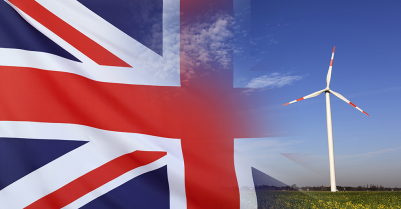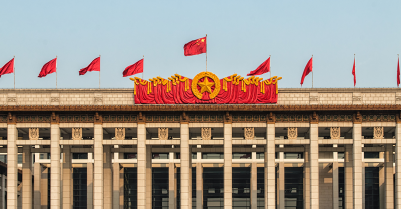-
View article
 #Economy
#EconomyChina: confidence, price war and credibility are the watchwords in this early part of the year
2024/03/26
- 2011/04/05
- 3 min
- 0
-
0
A new configuration for trading destinations: BATS and Chi-X capture 20% of trading flows in Europe Turquoise points out the side effects of High Frequency Trading
Crédit Agricole Cheuvreux publishes its February Market Indicators produced in conjunction with TAG. February saw several announcements of mergers and acquisitions among European platforms, which are likely to reinvent the fragmentation landscape. Turquoise's behaviour was of note, with an increased presence of High Frequency Trading.
Main trends
- In February, BATS agreed to acquire Chi-X Europe, but the deal still requires approval from the FSA. Based on February numbers, they would represent together over 20% of European trading, well above the figure for the LSE group, as the two MTFs will keep their separate platforms and probably different pricing models to attract different kinds of liquidity.
- Details of the merger of LSE and TMX were unveiled at the beginning of the month, and the deal is likely to be completed by the end of the year. Deutsche Börse and NYSE Euronext also announced merger talks on 15 February. Their union would represent close to 30% of trading, ahead of BATS-Chi-X.
- Turquoise showed specific features in February, underlying the side effects of High Frequency Trading, which are not always positive for microstructure, as might have been supposed. In fact, while its market share increased as did its % time at EBBO, spreads widened more than on other trading destinations. At the same time, an increasing average daily number of trades and a decreasing average trade size indicated a higher presence of High Frequency Trading.
Other trends
- Trading volumes on European Local Main Indices remained quite stable versus January. Average daily dark (mid-point type) turnover on European Local Main Indices represented 2.3% of lit turnover, similar to the number for January.
- Primary markets increased or preserved their market share. Chi-X lost market share on several indices, while BATS suffered the sharpest decline in February. Conversely, Turquoise increased its market share on all main indices. The split in terms of dark volumes is quite different, with both BATS and Turquoise increasing their market share.
- In general, price volatility showed a slight increase, corresponding to a widening of spreads across all venues.
- The average daily number of trades decreased for all destinations, with the exception of Turquoise.
- Both LSE Millennium on UK stocks and LSE TradElect on Italian stocks faced technical problems in February. In both cases, the price formation process took place on MTFs, volumes traded were reduced sharply and bid-ask spreads were extremely high. Order flows came back as soon as the primary markets opened.




